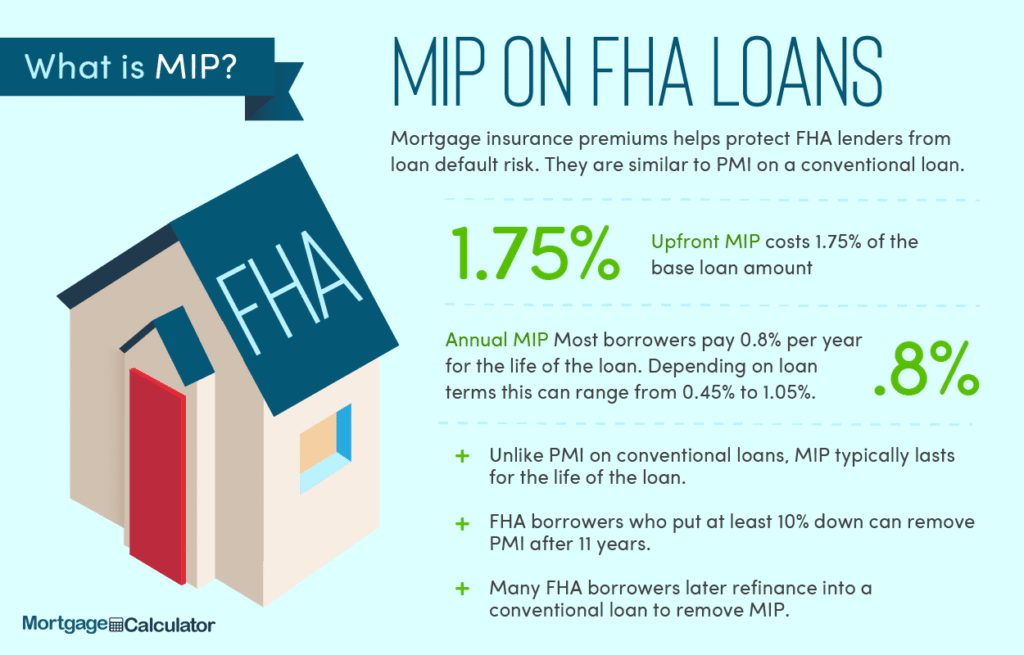In the constantly evolving world of finance, seasoned advisors are pushing beyond traditional investment boundaries to embrace alternative investments. As markets become more volatile and correlations between asset classes change, the quest for portfolio diversification and the hunt for uncorrelated returns have led to an increased interest in alternatives. Let’s dive deeper into how advisors use alternative investments to achieve client goals.
The Rise of Alternative Investments
Alternative investments have gained popularity as they often operate outside the parameters of traditional stock and bond markets. These can include real estate, hedge funds, private equity, commodities, and even artwork and antiques. The appeal lies in their potential to provide returns that are not tied to the broader market performance.

Real Estate as a Staple
Real estate has long been a favorite among alternative investments. Whether through direct property ownership, REITs (Real Estate Investment Trusts), or private real estate funds, this sector offers diversification, potential for passive income, and inflation protection.
Hedge Funds and Diversification
Hedge funds have historically been the go-to for accessing sophisticated strategies. From global macro plays to arbitrage opportunities, they offer a broad spectrum of investment tactics that can serve as a hedge during market downturns.
Private Equity for Growth
Private equity investments allow advisors to tap into the growth potentials of private companies. This is especially attractive for clients looking for opportunities beyond the public markets and with a longer investment horizon.
Commodities as an Inflation Hedge
Investing in commodities like gold, oil, or agricultural products can protect against inflation. These assets usually have an inverse relationship with the dollar, making them a strategic hedge in a diversified portfolio.
Collectibles and Tangible Assets
For those with an eye for rare or unique items, collectibles such as art, wine, or even classic cars can not only diversify a portfolio but also bring personal joy. However, this requires specialized knowledge to navigate effectively.

Opportunities in Private Debt
Private debt offers an alternative to traditional bonds with potentially higher returns. These investments, made in the form of loans to private companies or real estate ventures, can provide steady income via interest payments.
Infrastructure for Stable Cash Flows
Investing in infrastructure involves funding projects like roads, hospitals, and utilities. These investments often lead to stable, long-term cash flows, akin to a more tangible bond investment.
Risk Considerations
While the allure of alternative investments is strong, they come with their own set of risks, including liquidity concerns, valuation difficulties, and a higher requirement for due diligence. Advisors must carefully match these investments with their client’s risk tolerance and investment horizon.
Regulatory Environment
Understanding the regulatory landscape is crucial, as many alternative investments come with stringent compliance requirements. An advisor’s expertise in navigating these regulations can be invaluable.
The Advisor’s Role in Education
A significant part of utilizing alternative investments effectively involves educating clients about their complexities and potential benefits. This requires a deep understanding of the investments and the ability to communicate their value proposition clearly.

Building a Customized Portfolio
Advisors use alternative investments to craft portfolios tailored to the specific needs and goals of their clients. This bespoke approach, while more complex, can offer distinct advantages over a one-size-fits-all strategy.
Monitoring and Rebalancing
Due to the unique nature of alternative investments, continuous monitoring and periodic rebalancing are necessary to align with changing market conditions and client objectives.
Alternative Investments and Retirement Planning
Incorporating alternative investments into retirement portfolios can provide additional growth opportunities and income streams, contributing positively to long-term financial security.
The Future of Alternative Investments
As technology advances and markets evolve, new alternative investment opportunities will emerge. Advisors must stay informed and agile to leverage these for their clients’ benefit.
Conclusion
The expanding universe of alternative investments offers promising opportunities for portfolio diversification and enhancement. While they present unique risks and challenges, the successful integration of these assets can lead to a more resilient and profitable investment strategy. Advisors play a critical role in this process, offering the insight and experience needed to navigate this complex landscape efficiently.
Frequently Asked Questions
What are alternative investments? Alternative investments include assets like real estate, hedge funds, private equity, commodities, and collectibles that do not fit into the conventional categories of stocks and bonds.
Why use alternative investments? They offer potential for diversification, higher returns, and lower correlation with traditional markets, which can help reduce overall portfolio risk.
Are alternative investments suitable for all investors? Not necessarily. They typically require a higher minimum investment, have longer holding periods, and carry higher risks, making them more suitable for experienced or high-net-worth investors.
How do advisors evaluate alternative investments? Advisors assess alternatives based on their potential to add value to a portfolio, considering factors like historical performance, risk profile, and correlation with other investments.
Can alternative investments be used in retirement portfolios? Yes, carefully selected alternative investments can be incorporated into retirement portfolios to enhance growth potential and income generation.


